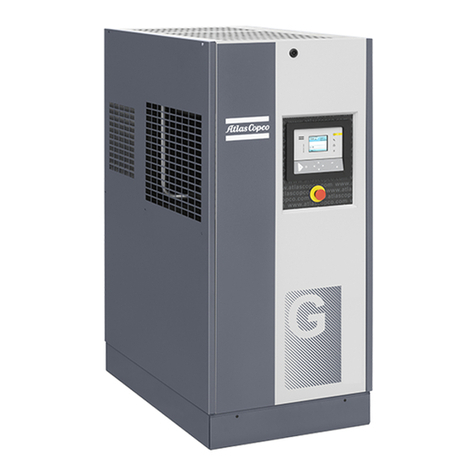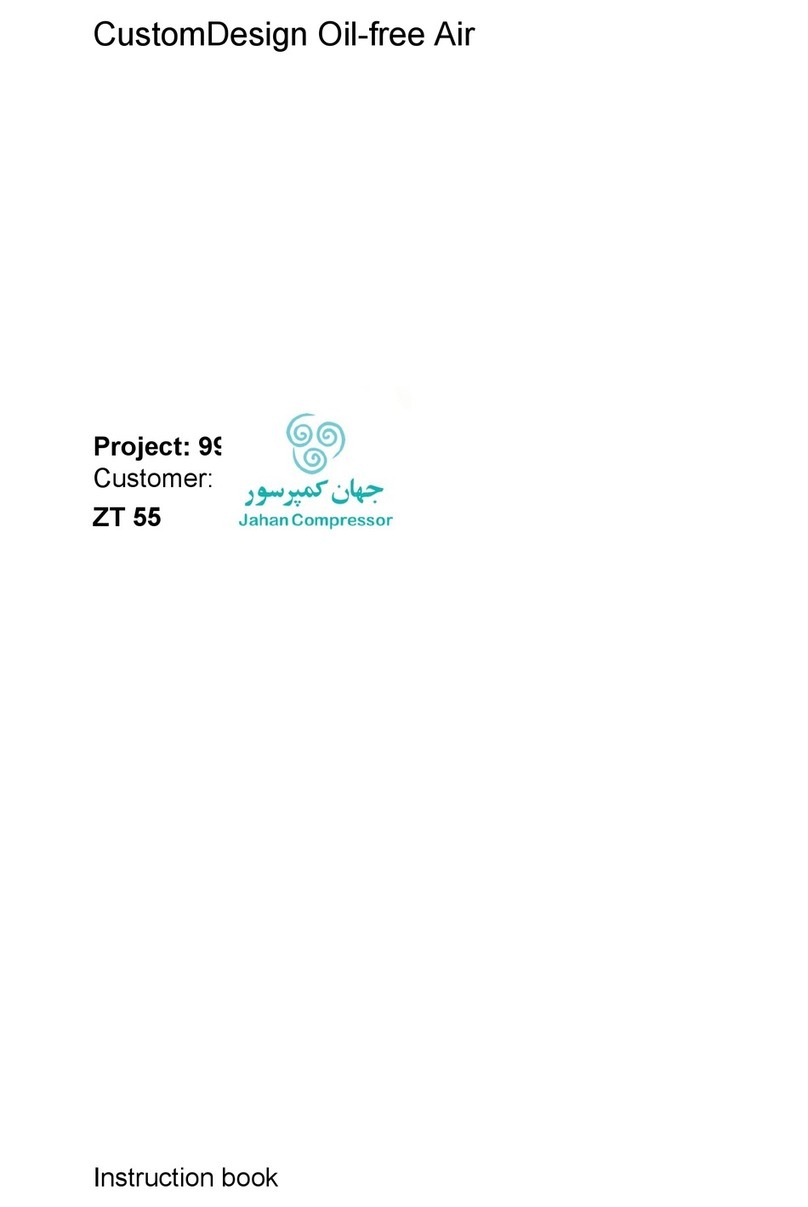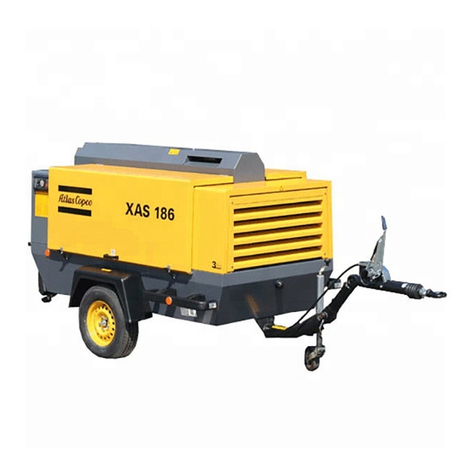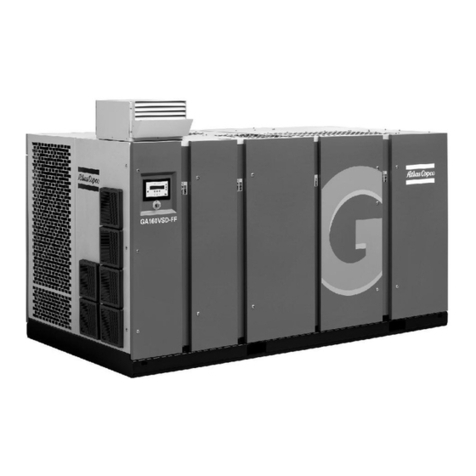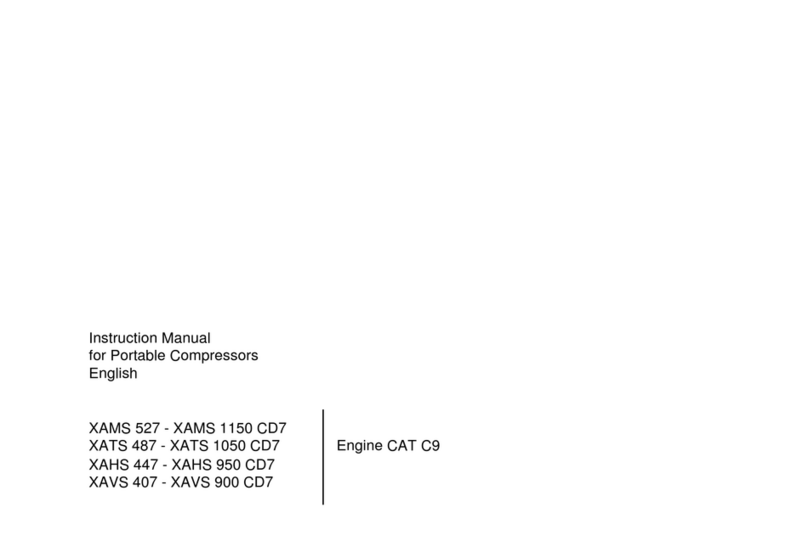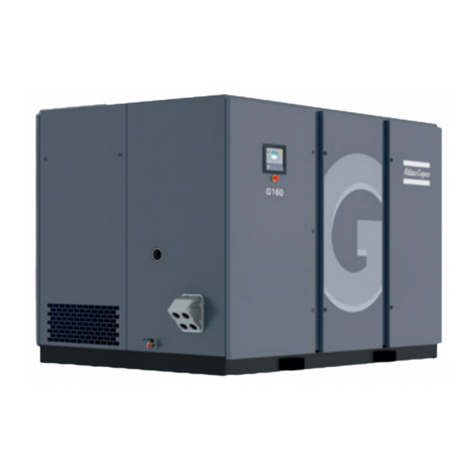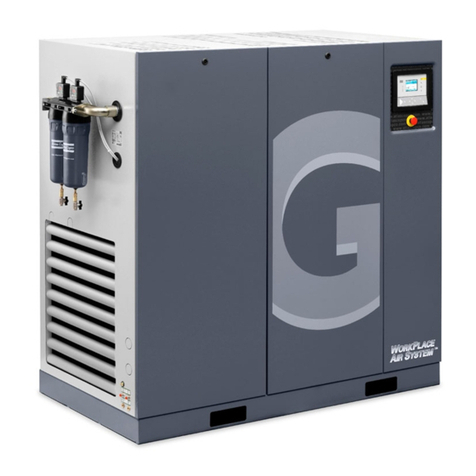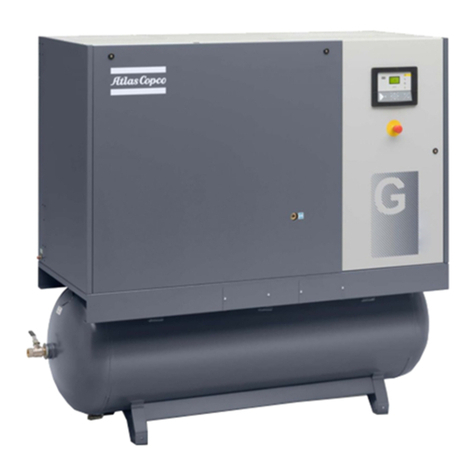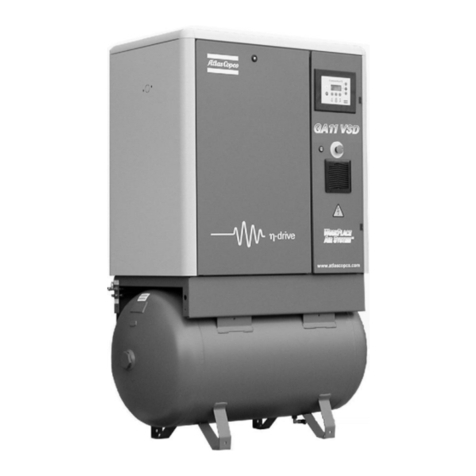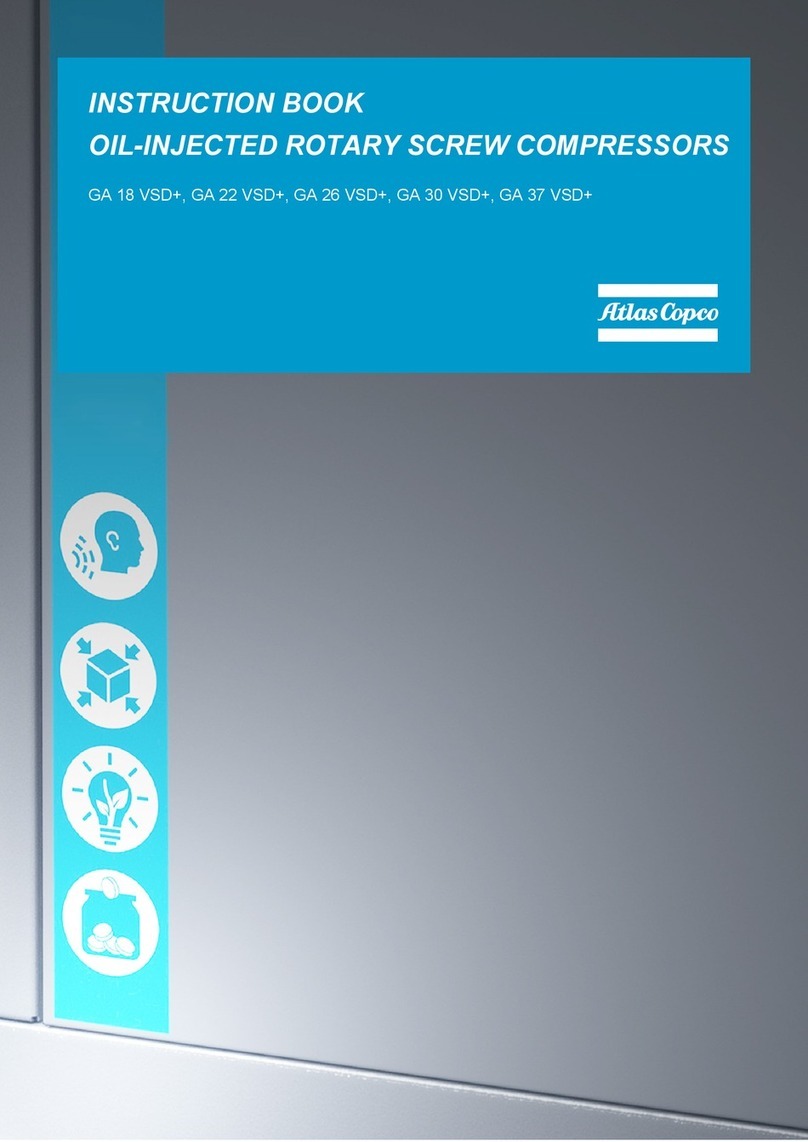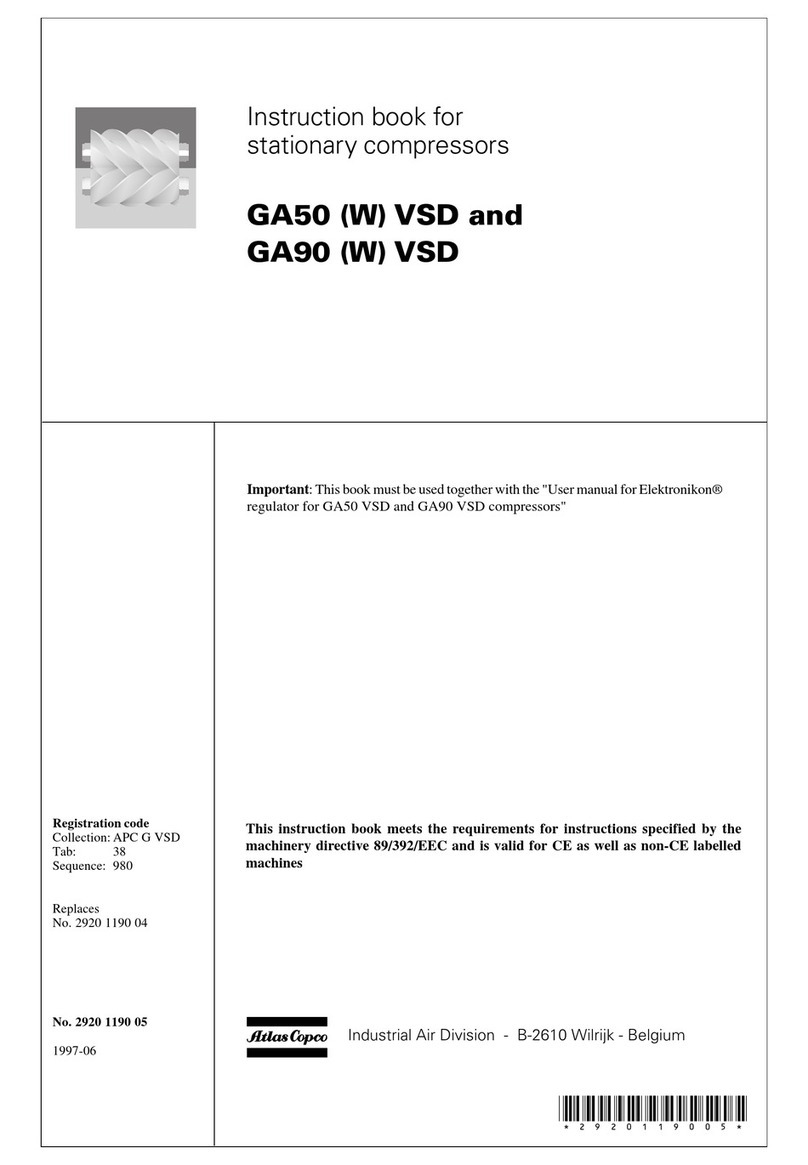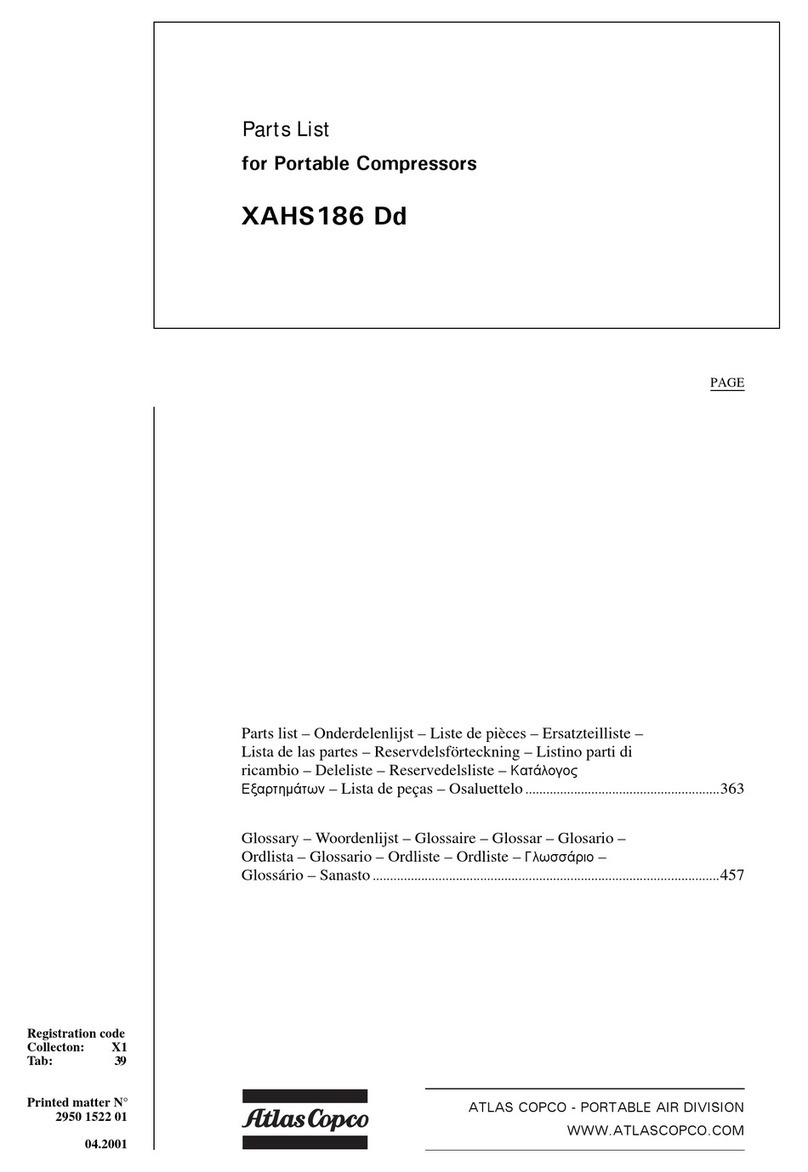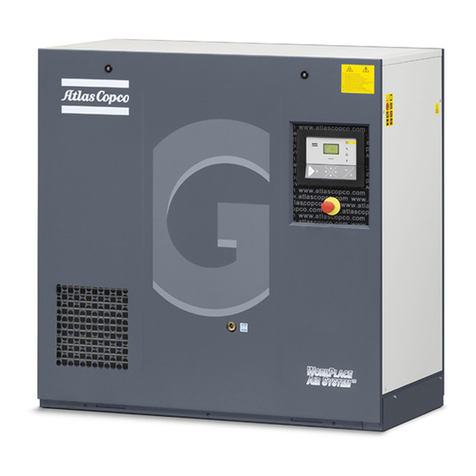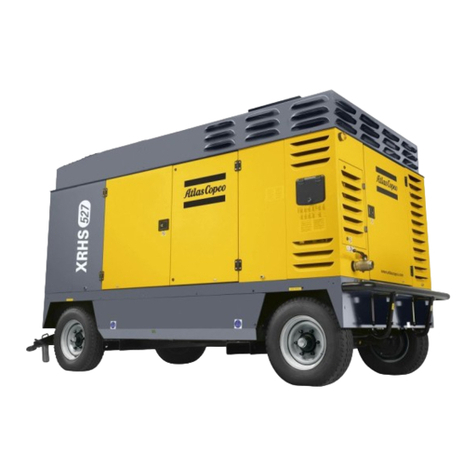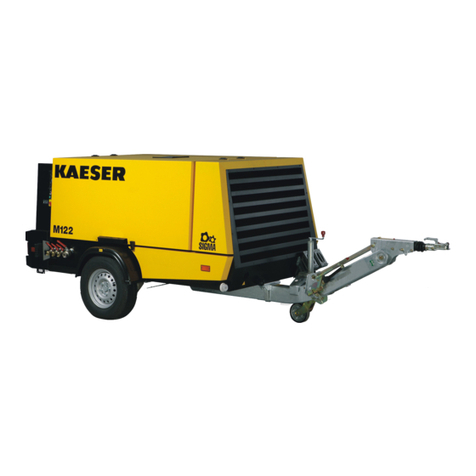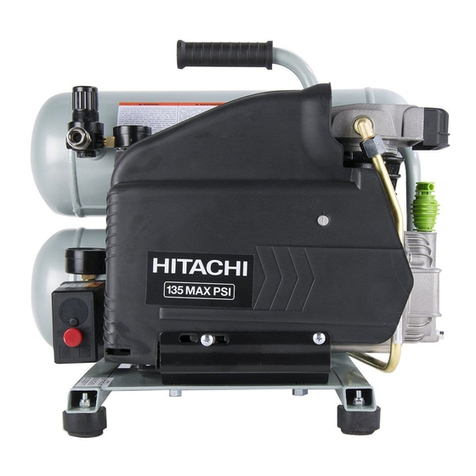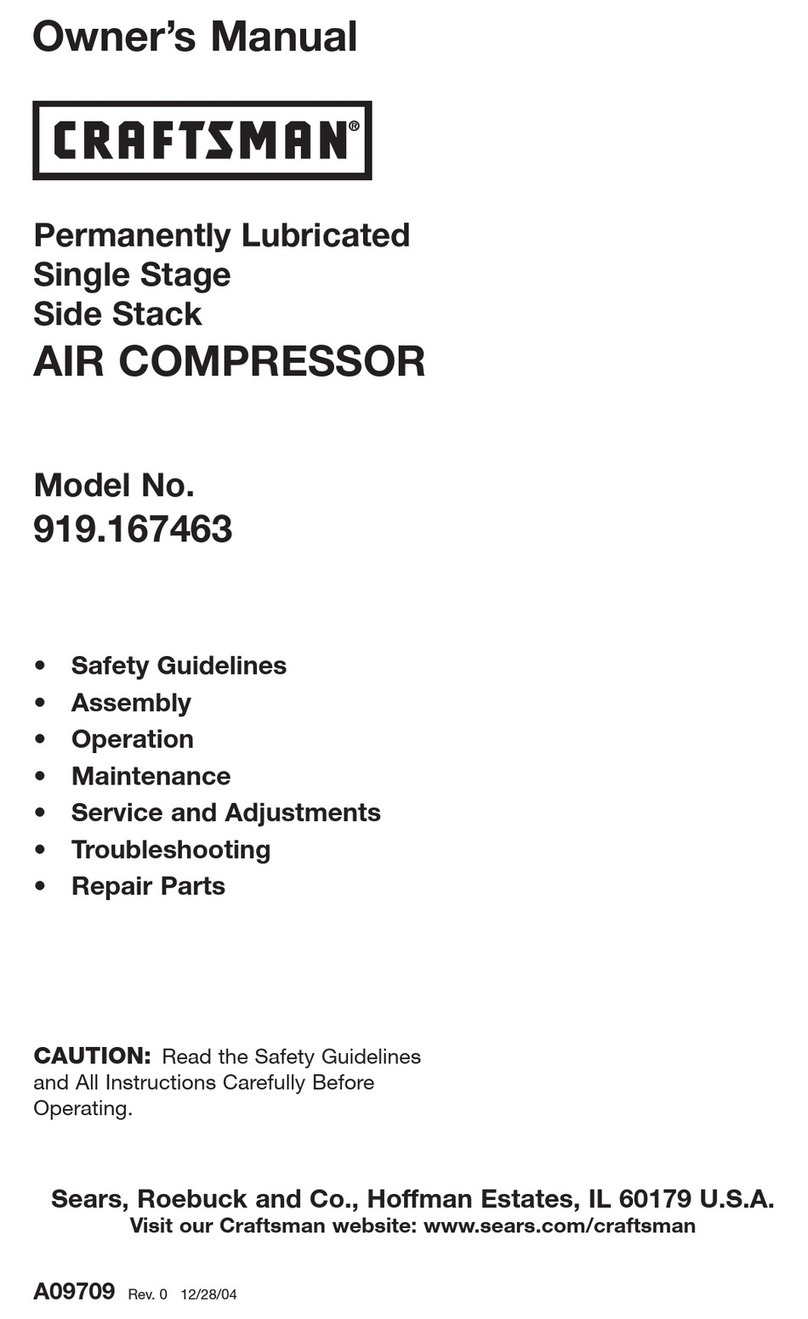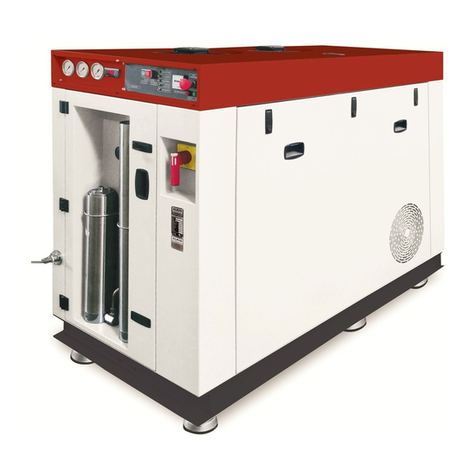6
SAFETY DURING USE AND OPERATION
To lift a unit, all loose or pivoting parts, e.g. doors and towbar, shall first be securely
fastened. Do not attach cables, chains or ropes directly to the lifting eye; apply a crane
hook or lifting shackle meeting local safety rules.
Helicopterlifting using the lifting eye is forbidden.
It is strictly forbidden to dwell or stay in the risk zone under a lifted load. Never lift the unit
over people or residential areas.
Lifting acceleration and retardation shall be kept within safe limits.
1 Before towing the unit:
– ascertain that the pressure vessel(s) is (are) depressurized,
–check the towbar, the brake system and the towing eye. Also check the coupling
of the towing vehicle,
– check that the pivot wheel or stand leg is safely locked in the raised position,
– ascertain that the towing eye can swivel freely on the hook,
–check that the wheels are secure and that the tyres are in good condition and
inflated correctly,
–connect the signalisation cable, check all lights and connect the pneumatic brake
couplers,
–attach the safety break-away cable to the towing vehicle,
– remove wheel chocks, if applied, and disengage the parking brake.
2If the unit is to be backed up by the towing vehicle, disengage the overrun brake
mechanism.
3Never exceed the maximum towing speed of the unit.
4Place the unit on level ground and apply the parking brake before disconnecting the
unit from the towing vehicle. Unclip the safety break-away cable. If the unit has no
parking brake the support of the towbar partly acts as a brake; it is recommended to
immobilize the unit by placing chocks before or behind the wheels.
When the towbar can be positioned vertically, the locking device must be applied and
kept in good order.
5When the unit has to operate in a fire-hazardous environment, each engine exhaust
has to be provided with a spark arrestor to trap incendiary sparks.
6 The exhaust contains carbon monoxide which is a lethal gas. When the unit is used in
a confined space, conduct the engine exhaust to the outside atmosphere by a pipe of
sufficient diameter (min. 100 mm); do this in such a way that no extra back pressure
is created for the engine. If necessary, install an extractor.
7When operating in a dust-laden atmosphere, place the unit so that dust is not carried
towards it by the wind. Operation in clean surroundings considerably extends the
intervals for cleaning the air intake filters and the cores of the coolers.
8Locate the unit away from walls. Take all precautions to ensure that hot air exhausted
from the engine and driven machine cooling systems cannot be re-circulated. If such
hot air is taken in by the engine or driven machine cooling fan, this may cause
overheating of the unit; if taken in for combustion, the engine power will be reduced.
9No external force may be exerted on the air outlet valves, e.g. by pulling on hoses or
by installing auxiliary equipment directly to a valve, e.g. a water separator, a
lubricator, etc.
10 Distribution pipework and air hoses must be of correct size and suitable for the
working pressure. Never use frayed, damaged or deteriorated hoses. Replace hoses
and flexibles of which the lifetime expired. Use only the correct type and size of hose
end fittings and connections.
A hose connected to a 2 inch (50 mm) valve must be provided with a safety wire (Ø 8
mm) fixed to the hose (each 500 mm) for effective pressures as from 10 bar (145 psi)
up, although it is recommended to apply such safeguard already from 4 bar (60 psi)
up. The safety wire ends have to be attached, one to the eye provided next to the
compressor air outlet valve, the other one to a point near to the air inlet of the applied
equipment.
Finally a wire mesh hose can be fixed over the hose ends to dampen the blast in case
a connection starts leaking or should become undone.
Close the compressor air outlet valve before connecting or disconnecting a hose.
Ascertain that a hose is fully depressurized before disconnecting it.
When blowing through a hose or air line, ensure that the open end is held securely.
A free end will whip and may cause injury.
Never play with compressed air. Never apply it to your skin or direct an air stream at
people. Never use it to clean dirt from your clothes. When using it to clean down
equipment, do so with extreme caution and use eye protection.
Do not use compressed air from any type of compressor, without taking extra
measures, for breathing purposes as this may result in injury or death. For breathing
air quality, the compressed air must be adequately purified according to local
legislation and standards.
Breathing air must always be supplied at stable, suitable pressure.
11 Never move a unit when external lines or hoses are connected to the outlet valves, to
avoid damage to valves and/or manifold and hoses.
12 Never refill fuel while the unit is running. Keep fuel away from hot parts such as air
outlet pipes or the engine exhaust. Do not smoke when fuelling. When fuelling from
an automatic pump, an earthing cable should be connected to the unit to discharge
static electricity. Never spill nor leave oil, fuel, coolant or cleansing agent in or
around the unit.
13 Never operate the unit in surroundings where there is a possibility of taking in
flammable or toxic fumes.
14 Never operate the unit at pressures or speeds below or in excess of the limit ratings
stated on the Principal Data sheet.
15 On water-cooled engines with closed cooling circuit: allow the unit to cool before
removing a pressure cap.
16 All doors shall be shut during operation so as not to disturb the cooling air flow
inside the body-work and/or render the silencing less effective. A door should be kept
open for a short period only, e.g. for inspection or adjustment.
17 Wear ear protectors when environmental noise can reach or exceed 90 dB(A). Beware
of long-time exposure to noise.
18 Periodically check that:
– all safety equipment is in good working order,
– all guards and air conducting baffles are in place and securely fastened,
–all hoses and/or pipes inside the unit are in good condition, secure and not
rubbing,
–there are no fuel, oil or coolant leaks,
– the tension of drive belts is correct,
– all fasteners are tight,
– all electrical leads are secure and in good order,
– the engine exhaust system is in good condition,
–air outlet valves and manifold, hoses, couplings, etc. are in good repair, free of
wear or abuse,
– the wheel nuts are tightened to the proper torque.
When more than one compressor is connected to a common header, be sure each
compressor has a non-return valve (check valve) to prevent reverse rotation when
stopping.
SAFETY DURING MAINTENANCE AND REPAIR
Maintenance and repair work shall only be carried out by adequately trained personnel; if
required, under supervision of someone qualified for the job.
1 Use only the correct tools for maintenance and repair work.
2 Use only genuine spare parts.
3All maintenance work, other than routine attention, shall only be undertaken when the
unit is stopped. Ensure that the unit cannot be started inadvertently.
4Before removing any pressurized component, effectively isolate the compressor from
all sources of pressure and relieve the entire system of pressure. Do not rely on non-
return valves (check valves) to isolate pressure systems.
5Never use flammable solvents or carbon tetrachloride for cleaning parts. Take safety
precautions against toxic vapours of cleaning liquids.
6Scrupulously observe cleanliness during maintenance and when performing repairs.
Keep dirt away by covering the parts and exposed openings with a clean cloth, paper
or tape.
7Never weld on or perform any operation involving heat near the fuel or oil systems.
Fuel and oil tanks must be completely purged, e.g. by steam-cleaning, before
carrying out such operations.
Never weld on, or in any way modify, pressure vessels. Disconnect the alternator
cables during arc welding on the unit.


